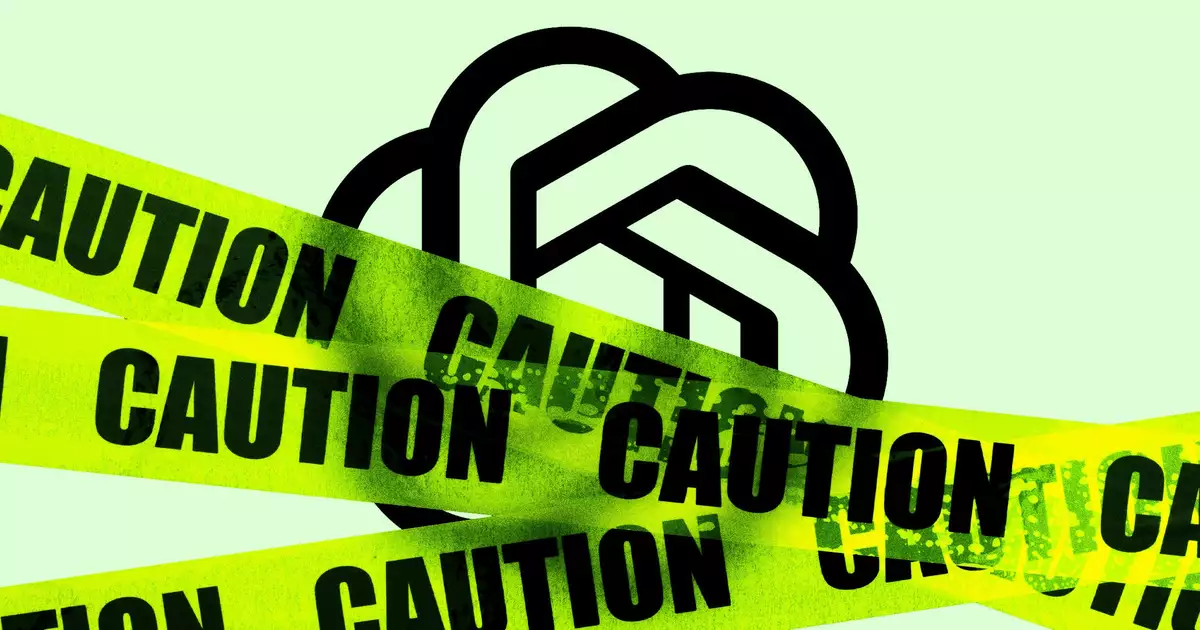New York City Launches Landmark Congestion Pricing Toll
New York City has officially implemented its long-awaited congestion pricing toll system, marking a significant shift in urban traffic management for the United States’ largest metropolis. The new program, which went into effect today, requires drivers entering central Manhattan to pay a fee, with the dual aims of reducing traffic congestion and generating funds for public transit improvements.
Under the new system, most passenger vehicles will be charged $9 during peak hours, while an off-peak rate of $2.25 will apply during less busy times. The Metropolitan Transportation Authority (MTA) reports that the launch proceeded without major technical issues, though officials anticipate the need for adjustments as the program unfolds.
MTA Chair and CEO Janno Lieber described the toll system as “unprecedented in its complexity,” with over 100 electronic toll collection sites now operational across lower Manhattan. To ease the transition, credits are available for drivers who have already paid tolls to enter Manhattan via certain tunnels.
Public reaction to the new toll has been mixed. Some drivers expressed surprise and frustration, having been unaware of the impending change. However, residents and transit riders are hopeful that the measure will lead to reduced traffic and improved public transportation services.
The program has not been without its political challenges. President-elect Donald Trump has voiced opposition, citing potential negative impacts on New York City. The initiative also faced delays and legal hurdles, including opposition from neighboring New Jersey. Governor Kathy Hochul temporarily paused the program before relaunching it with a reduced toll of $9, down from the initially proposed $15.
New York’s congestion pricing scheme follows similar models implemented in cities like London and Stockholm. While initially unpopular in these locations, such programs have generally gained approval as their benefits became apparent over time.
As the program moves forward, its success and public acceptance will be closely monitored. Legal and political challenges may persist, particularly from New Jersey officials concerned about the impact on commuters crossing state lines.
The implementation of this congestion pricing toll represents a bold step for New York City in addressing its traffic and transit challenges. As the first major U.S. city to adopt such a system, its progress will likely be watched closely by urban planners and policymakers across the nation.


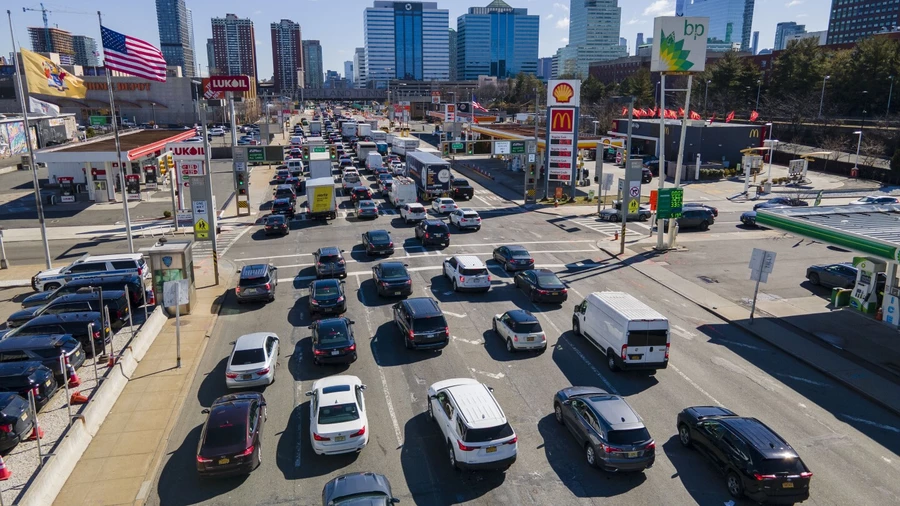

 By
By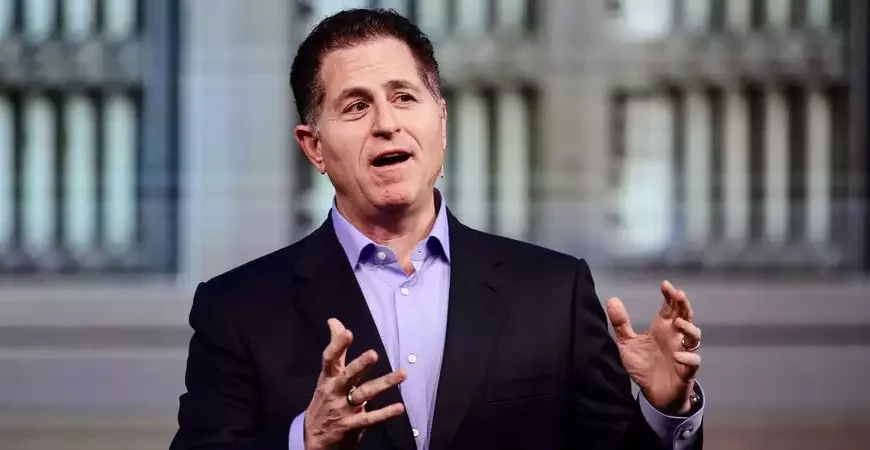


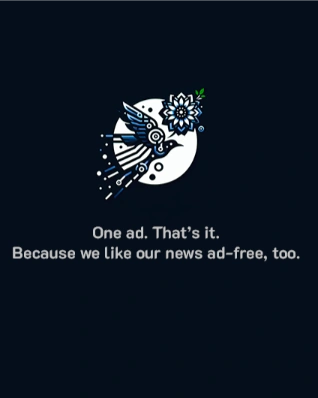
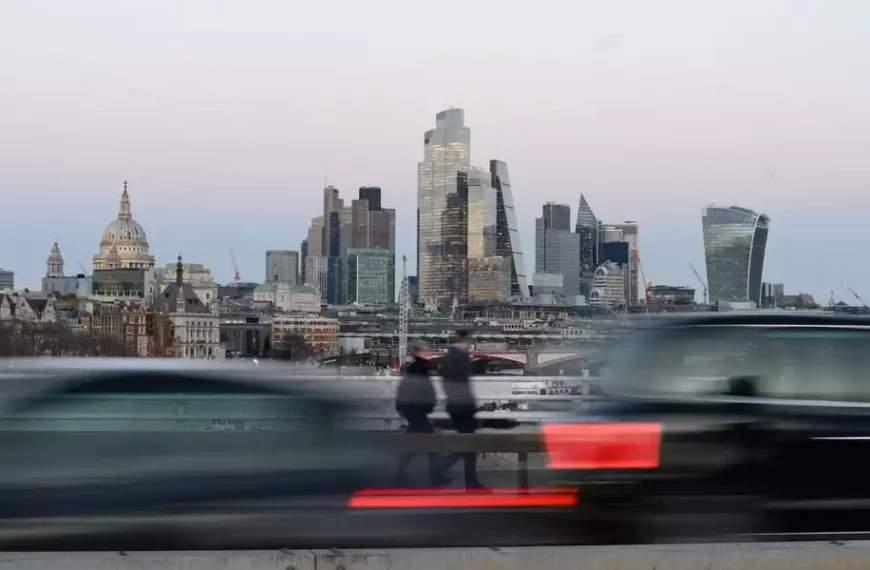
 By
By
 By
By
 By
By
 By
By




